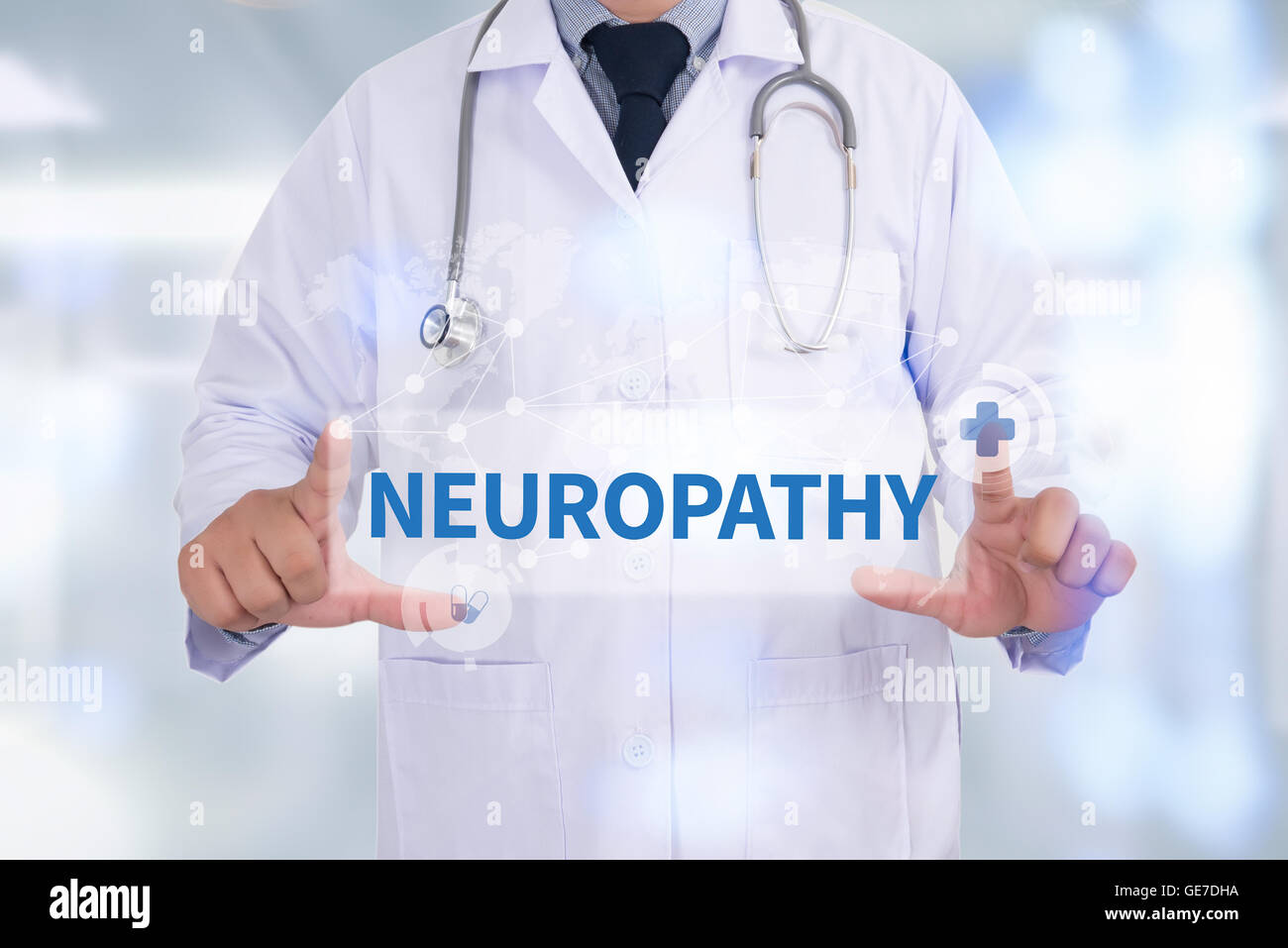Revolutionizing Lives: The Next Wave of Neuropathy Innovations

Nerve damage is a condition that affects millions of individuals around the globe, leading to persistent pain, tingling, and a substantial decline in quality of life. As medical professionals and scientists continue to delve into the intricacies of the nervous system, new breakthroughs are arising that hold the potential of changing the lives of those affected by this often-debilitating disorder. The excitement surrounding these groundbreaking approaches is tangible, as they offer hope to sufferers who have struggled to find successful treatments and solution.
Recent developments in healthcare technology, including genetic research, stem cell therapy, and neuromodulation, are paving a fresh way forward. These improvements not only aim to reduce the manifestations of neuropathy but also address the underlying causes, transforming the focus from mere management to potential cures. As we investigate the upcoming phase of neuropathy innovations, it is essential to understand how these developments could reshape the landscape of treatment and enhance the well-being of numerous individuals.
Comprehending Peripheral Nerve Damage
Peripheral nerve disorder refers to a variety of conditions that result from damage inflicted on the nervous system outside the brain and spinal cord, which can result in diverse symptoms affecting mobility, sensation, and involuntary bodily functions. This deterioration can be caused by many factors, including diabetes, infections, injuries, and interaction with toxins. The consequences of neuropathy can differ greatly from person to person, making it a complicated and tricky condition to manage.
People with neuropathy often report symptoms such as numbness, pins and needles, discomfort, and lack of strength in different parts of the body, notably in the grip and soles. These feelings can severely impact daily routines, leading to issues in walking, working, and even conducting simple tasks. As the condition worsens, individuals may also face additional issues like balance problems and greater risk to damage.
Understanding the root factors and processes of neuropathy is essential for creating effective treatments. Emerging investigations is focusing on new approaches to lessen symptoms and restore nerve damage. By investigating new therapies and strategies, the medical community aims to improve the living conditions for patients suffering by neuropathy and provide fresh hope for a better outcome.
New Developments in Therapies
Advancements in nerve care are emerging at a rapid pace, offering new hope for those affected by this difficult condition. One of the most hopeful advancements is the use of genetic therapy, which targets the underlying DNA factors contributing to neuropathy. Researchers are exploring ways to deliver therapeutic genes directly to affected nerve cells, potentially repairing or renewing damaged pathways. This approach not only aims to ease symptoms but too addresses the core causes of neuropathy, opening the way for sustainable solutions.
Another notable advance comes from advances in nerve modulation techniques. Devices that activate nerves using electrical impulses have shown success in reducing pain and regaining function in patients with nerve damage. These nerve modulation therapies can be customized to specific patients, providing a custom approach to treatment. As tech continues to evolve, these devices are becoming more sophisticated, allowing for distant monitoring and changes, which enhance their efficacy and user experience.
Additionally, the integration of natural compounds and dietary interventions is growing traction in nerve damage management. Research has suggested that certain vitamins, minerals, and plant-based remedies can have a positive impact on nerve health and function. For instance, supplements such as alpha-lipoic acid and omega-3 fatty acids are being studied for their nerve-protecting properties. This growing awareness of the role of nutrition in nerve health is leading to innovative treatment plans that combine traditional methods with comprehensive approaches, broadening the scope of nerve damage care.
Future Directions and Research
This field of neuropathy treatment is advancing swiftly, with scientists exploring creative approaches to improve patient outcomes. One significant area of focus is the advancement of personalized medicine. By harnessing genetic profiling and biomarker identification, scientists hope to adapt therapies to specific patient needs, ultimately contributing to more effective interventions. This personalized approach aims to address the specific mechanisms of neuropathy in varied populations, promising better management of symptoms and superior quality of life for patients.
Another exciting direction is the exploration of neuroprotective agents and regenerative therapies. Investigations into compounds that facilitate nerve healing and regeneration are accelerating. Techniques such as stem cell therapy and biotechnology are being evaluated, with the potential to repair damaged nerve tissues and regain function. Advances in nanotechnology also hold the hope of delivering targeted treatments straight to injured areas, reducing side effects and enhancing therapeutic benefit. These advancements could mark a substantial leap forward in understanding neuropathy.

Finally, the integration of digital health technologies is transforming the management of neuropathy. Mobile health applications and telemedicine are allowing for patients to track symptoms and interact with healthcare providers. Furthermore, artificial intelligence and AI are being employed to analyze vast datasets, identifying correlations that could produce breakthroughs in prevention and treatment. This fusion of technology and medicine represents a shift in how neuropathy is perceived and treated, opening doors to new solutions that could transform lives for countless individuals.
